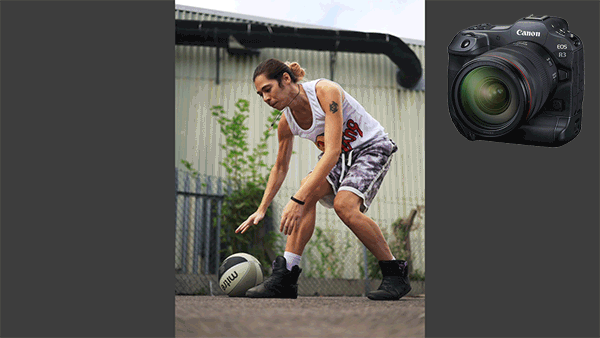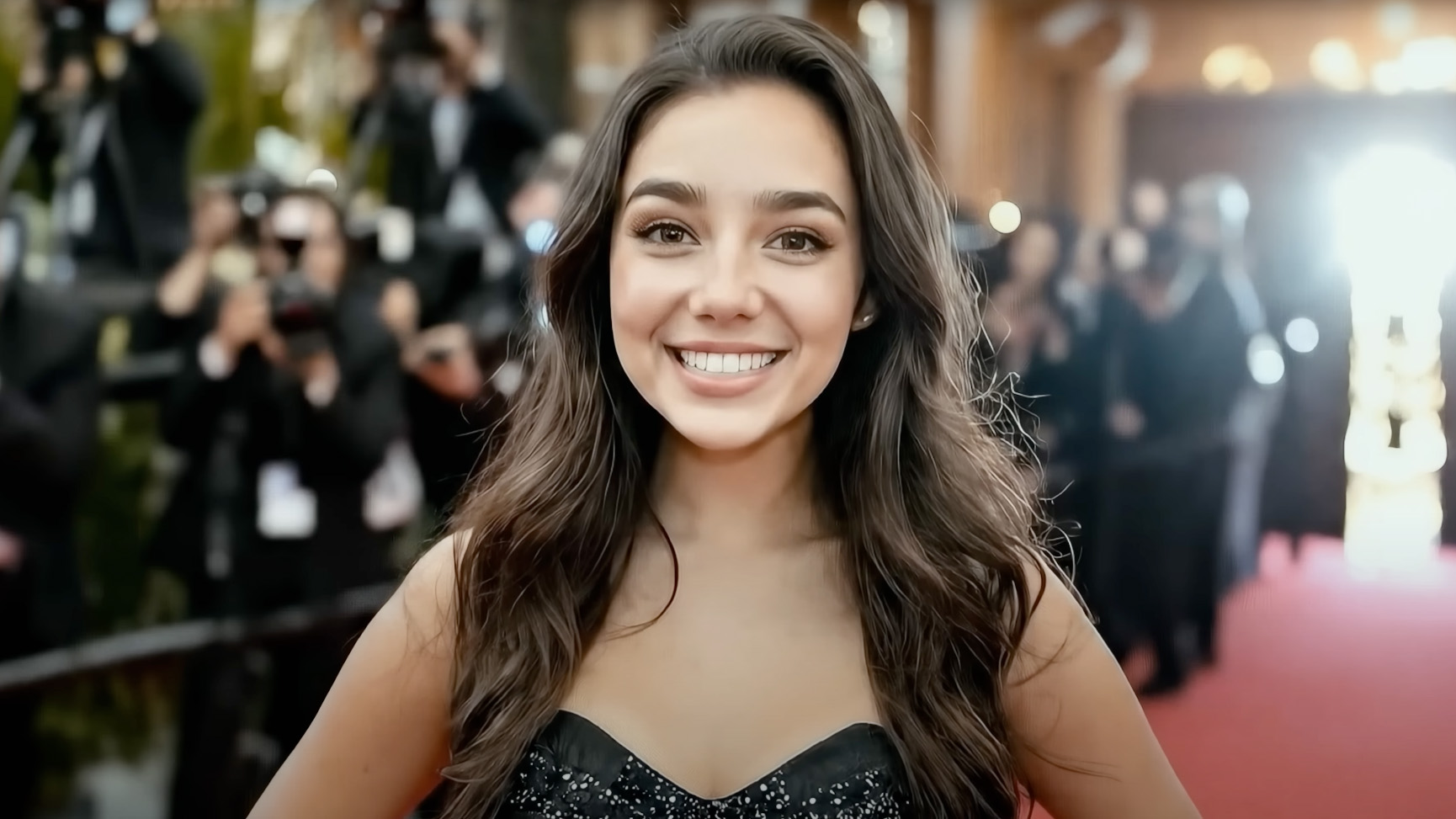This is what 30fps bursts look like on the Canon EOS R3
It's faster than the frame-rate of a movie! This is what happens when you shoot 30fps bursts on the Canon EOS R3

Fully revealed this week, the Canon EOS R3 can shoot at an astonishing 30fps – yes, 30 frames every second. That sounds great as a headline, but what does it actually look like?
For some context, feature films are shot at a frame-rate of 24 frames per second. This means that a 30fps burst on the Canon EOS R3 has more frames than a Hollywood film, so you're essentially capturing better-than-movie-quality smoothness when you shoot at the camera's top speed – but you get all the benefits of autofocus and autoexposure while you do so.
• Read more: Canon EOS R3 review
For further context, most cameras top out at 12 frames per second. Only ultra-fast cameras that make use of the electronic shutter can come close to this speed – the Canon EOS R5 and Canon EOS R6 both hit 20fps, for example. Hitting 30fps, though, is truly next-level stuff.
It's difficult to appreciate just what 30fps actually looks like, so we've made a clip of a few sample bursts below. As you can see, this gives you a ridiculous number of individual still shots to choose from – so whatever you're shooting, whether it's wildlife in the Serengeti or your toddler's first footsteps, you will never miss a moment.
• Read more: Canon EOS R3 vs Nikon Z9
Watch video: 30fps samples on the Canon EOS R3
The best camera deals, reviews, product advice, and unmissable photography news, direct to your inbox!
Of course, the Canon EOS R3 isn't the first camera that can do this. The monstrously powerful Sony A1 can match its 30fps top speed, but is actually even more impressive because it captures 50.1MP images that are double the size of the R3's 24.1MP files.
(It's worth noting that the Olympus OM-D E-M1X and Olympus OM-D E-M1 Mark III actually double the speed of the R3 and A1, as they are capable of shooting at a lightning-fast 60fps. However, this is without autofocus; to shoot with full AF, both cameras top out at still-impressive 18fps.)
This is made possible by the new generation of stacked image sensors – referring to the fabrication process whereby layers of sensor and circuitry are 'stacked' on top of one another, enabling manufacturers to make components like RAM an integrated part of the sensor itself.
Accordingly, stacked sensors are incredibly quick and efficient and can perform blisteringly fast readout speeds – along with drastically reduced rolling shutter (the 'jello effect') when panning while shooting. If sports, action, news or even weddings and events are your thing, this new era of speed is a real game changer!
• Pre-order the Canon EOS R3 from B&H: $5,999
• Pre-order the Canon EOS R3 from Adorama: $5,999
• Pre-order the Canon EOS R3 from Wex: £5,879
• Pre-order the Canon EOS R3 from Park Cameras: £5,879
Read more:
Best professional cameras
Best cameras for sports photography
Best cameras for wildlife photography
Sony A1 review

James has 25 years experience as a journalist, serving as the head of Digital Camera World for 7 of them. He started working in the photography industry in 2014, product testing and shooting ad campaigns for Olympus, as well as clients like Aston Martin Racing, Elinchrom and L'Oréal. An Olympus / OM System, Canon and Hasselblad shooter, he has a wealth of knowledge on cameras of all makes – and he loves instant cameras, too.
